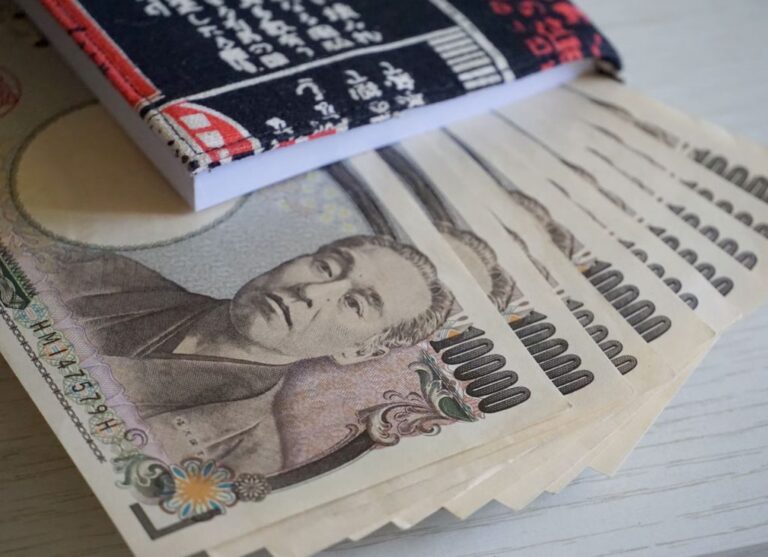
Morning Brief – Negative Rates End
Negative Rates End
The moment that markets seem to have been chasing for forever and a day finally arrived overnight. The Bank of Japan has ended its negative interest rate policy, setting benchmark rates within a positive band. The looseness of Japan’s monetary policy had left the Yen as the funding currency of choice and a reliable laggard within markets. Because negative interest rate policy has become unthinkable within most major geographies, many traders have long sought to profit from what they saw as the inevitable end of this policy. That trade over time had gained a somewhat unsavoury nickname that tells you all you need to know about how such trades almost always turned out.
Well, if such trading strategies were seeking to profit from what the market saw as unsustainably high bond prices in Japan, didn’t last night’s decision serve to revive this career-ending trade? In fixed income markets, yield curve controls had made profiting from the speculative sale of government bonds largely futile. With ranges set within key benchmark rates, there was little scope for movement. Investors would therefore often express this trade idea outside of fixed income. One such avenue would of course be foreign exchange where buying the heavily discounted currency would be thought to provide positive exposure to the interest rate adjustment as policies normalised.
Well, taking a look at USDJPY pushing back towards fresh highs overnight that would certainly have been an unrewarding strategy. Firstly, the shift only appears momentous on paper. As a gesture of ending negative rates it may be significant, but numerically the 10-basis point policy target range moved from -0.1% on the lower bound to 0%. Technically not negative any longer but at best a win by default. Secondly, the path ahead shown by the BoJ during the decision was at best highly unclear and at worst exceptionally dovish once again. On the one hand, the BoJ pledged to end the controversial yield curve control policy. On the other, it also committed to intervene in the market as much as necessary in order to support favourable lending conditions. The BoJ will need to provide further guidance and evidence a commitment towards monetary normalisation if the Yen is to stabilise.
Discussion and Analysis by Charles Porter

Related Insights

Morning Brief – Japanese Yen
Japanese Yen With JPY at a new 34 year low versus EUR, the market is set for an ambush by the Bank of Japan if it acts today at the end of their Policy Meeting to support the Yen. The reason that the market is susceptible is because it has convinced itself that the BoJ […]

Morning Brief – Too soon to call USD lower
Too soon to call USD lower Those following the US Dollar’s performance in the markets would have noted a recent downturn accelerating as this week has progressed. There have been two factors driving this sell-off but it is far from certain that either may endure long enough to push the Dollar index back to its […]

Morning Brief – Milan, Italy
Milan, Italy The City of Milan has a late night noise problem and so it has acted unilaterally to resolve it-Italian style. A ban on the sale of take away food including ice cream and pizza after midnight is being imposed to protect the “peace and health of residents.” Here in the UK late night […]



 Humphrey Percy
Humphrey Percy